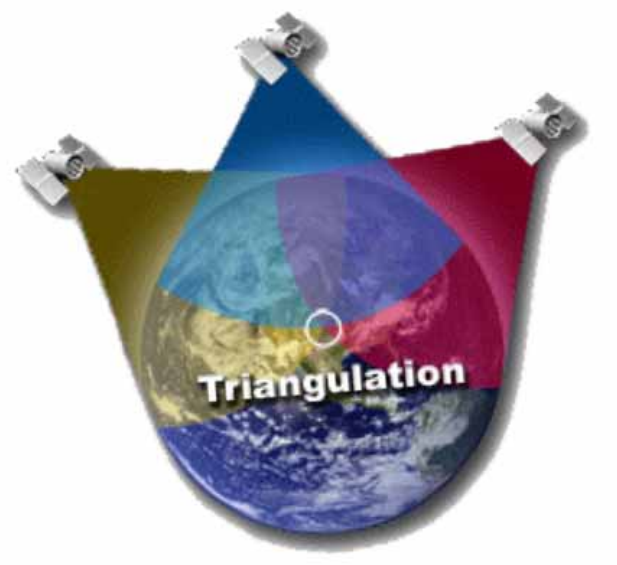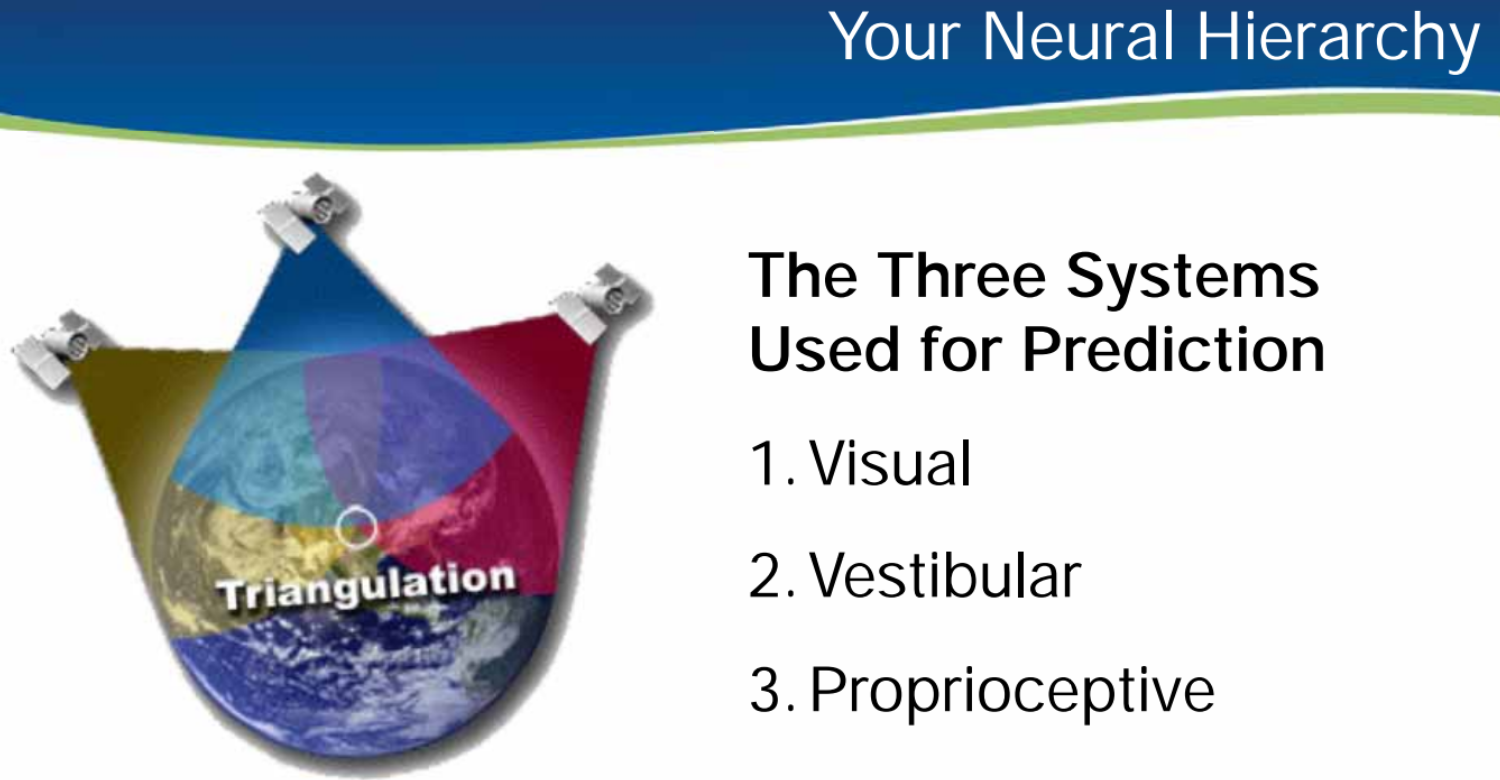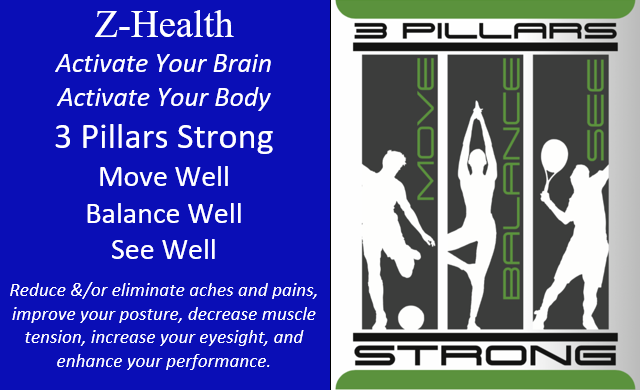Is your Brain’s GPS Operating Efficiently? Do You Move Well, Balance Well, See Well?

Imagine that you’re driving to a new destination. A place you’ve never been before and you are solely relying on your Global Positioning System (GPS) in your car. Have you ever had a moment when you felt like the GPS was taking you in circles or you became more lost than if you had navigated on your own? A GPS system requires satellites and they all need to bring in information clearly in order for your GPS to get you where you need to go in the most efficient manner. But as you know, sometimes this doesn’t happen. It’s as if a satellite is out or not able to easily transmit the necessary information. This is unfortunately how many people’s brains operate. Sometimes it feels like information is foggy or you are not getting a clear signal. Maybe you can relate?
There are three primary tools in the toolbox that your nervous system utilizes to orient you in your environment and assess threat levels:

- Visual system
- Vestibular system
- Proprioceptive system
This is what we would call your body’s own GPS system. Now, picture these three tools are satellites to your nervous system’s global positioning on where you are in the world and determining if the path you are on (environment) is safe. This would be similar to the GPS in your car taking you the most efficient and safest route around traffic, accidents, etc. The nervous system requires these three tools to give the brain important input to perform its most important task; keeping you safe. Did you realize that your brain is constantly scanning the environment for signs of danger and threat and it uses these three input systems to do it?
The visual system processes millions of bits of information per second. Ever notice how you flinch when someone throws a paper wad or other object at your face without warning? The act of flinching is your nervous system’s response to that incoming threat. The vestibular system; often referred to as the inner ear is what helps you have a sense of balance. When you have an inner ear infection or if you stand up and get dizzy or lose your balance your brain once again signals threat or danger. Why? Because without your balance you might fall and hurt yourself. The proprioceptive system is best described as how we can feel where all our other body parts are in relation to each other and see them in our mind’s eye without actually having to touch them with a hand or see them with our eyes.
All three of these systems work together in conjunction to bring information into the brain to allow your brain to determine if the environment you’re currently in is safe or unsafe. Imagine that each one, for the sake of example, takes on a mathematical percentage something like this:
- Visual = 45%
- Vestibular = 35%
- Proprioceptive = 20%
- Total = 100%
This mathematical formula is demonstrating that between the three systems we have 100% accuracy and congruence of all the information coming in regarding our environment into the nervous system. This is what allows the GPS system to work effectively and efficiently. But what if your three satellites are not operating at peak performance? Currently, is your vision without corrective lenses? In other words, if you need to wear glasses for near or far vision, have bi or trifocals or even mono-vision contacts, then you have potential that one of your satellites is off. Can you stand on one foot on a balance device without having to hold on? Do you have inner ear issues or have you fallen lately or maybe you experience motion sickness? These are signs that satellite #2 is not operating efficiently. Do you have joint pain, back pain or slower movement compared to another time in your life? This is an indicator that your proprioceptive satellite is not sending in a strong signal. These are all signs that one, two or ALL three of your sensory input systems (GPS Satellites) are not sending clear messaging to the brain.
When any one of these systems above in our mathematical formula is off, you might not experience 100% signal reception. Maybe it’s only 78% which is a C+ the last time I checked grades. But, don’t fret. The latest in neuroscience has good news for you even if you are only a C+ student today. The brain can change itself and this is what’s called neuroplasticity. All you need is the right training environment to make it happen. In order to improve the efficiency and effectiveness of your brain, it’s important to do training that engages all three satellite systems. The more you can use your brain as it relates to proper vision, balance, and movement the better. Staying active is key as you have probably heard so many times before, but it’s more than just movement. It’s about engaging the balance system, using the vision system and making sure your movement is the correct movement for you. All these systems need to be engaged at the right level that is unique for you and that is why we promote and encourage Priority Based Healthcare in our practice. Not everyone has vision issues. Not everyone has balance concerns and not everyone has movement or range of motion discomfort.
Certain engaging activities such as dance, martial arts, and activities that require you to track a moving object are all helpful. But the most important thing is establishing a baseline. Knowing where you are today, knowing the tools that make you strongest and being able to assess on a daily basis are key aspects to the brain being able to change itself. It is critical that you can measure and see progress. You can track with a simple range of motion technique like touching your toes as you perform these activities to see if your body and brain like them. When done correctly, you will see improvement in all three systems and likely remove any source of discomfort.
I know not everybody is as motivated to take the steps mentioned above. And if you are one with poor eyesight or perhaps you can’t move well, you might need a little one-on-one customized assistance. If this is the case for you, please contact our office for a free consultation on how we may be able to assist you. If you are near our office, you might consider our 12-week workshop called 3 Pillars Strong – Move Well, Balance Well, See Well. This workshop gives you the tools to work each aspect of your GPS system, teaches you how to assess yourself, and gives you the necessary materials to track your progress because we know you will make progress. Call today to find out when our next offering is and to secure your registration. Space is limited but if you choose to bring a friend as an accountability partner, ask about our special friend discount. Call us at 972-712-0892 for more information.


